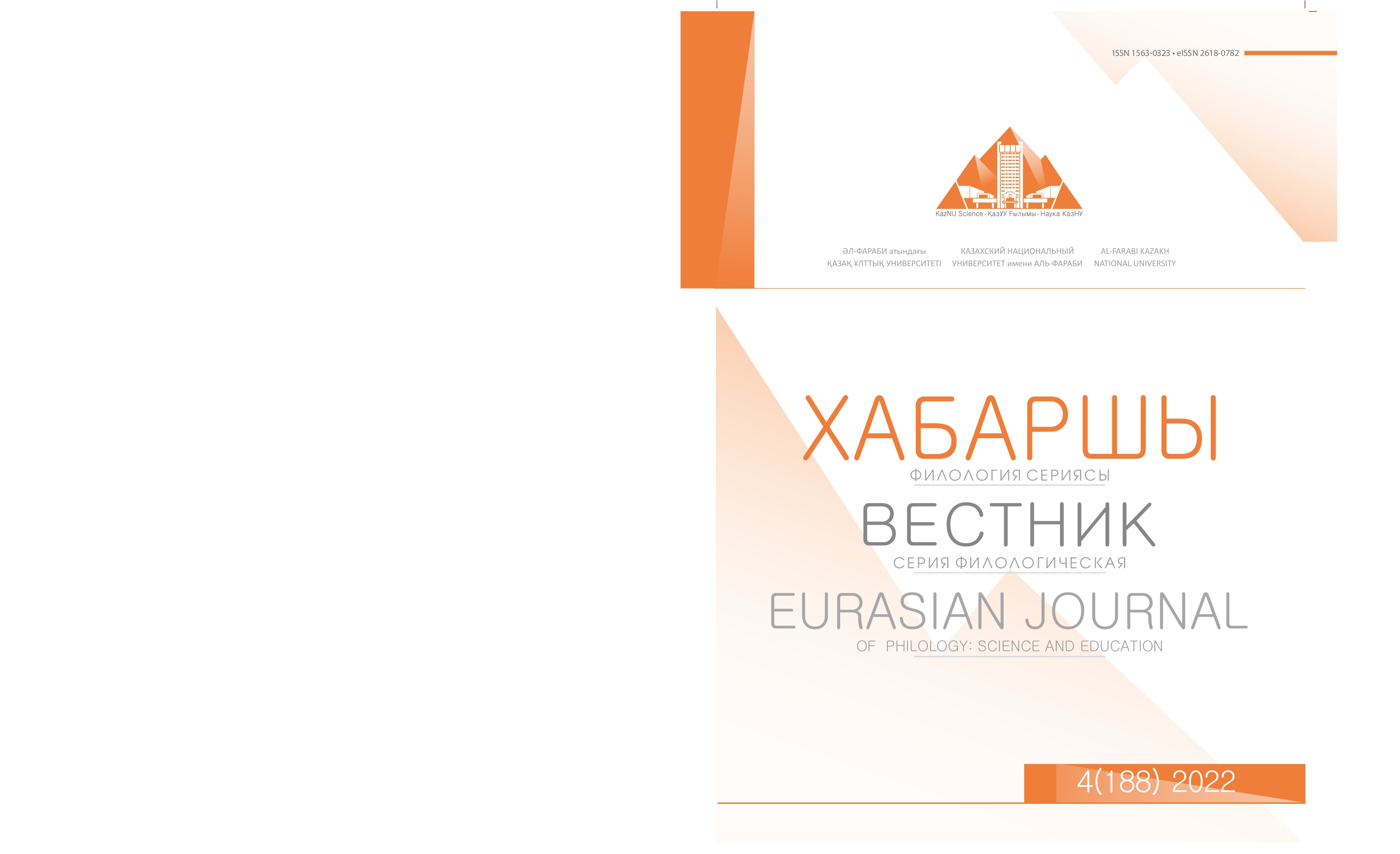Typology of modality category
DOI:
https://doi.org/10.26577/EJPh.2022.v188.i4.07Abstract
The article studies the typology and the domain of one of the complex linguistic categories – modality. Our speech is glossed with a modal meaning. Modal meaning is defined as an overlaying meaning added to the proposition which is considered as the most neutral base of a sentence and enlivens our communication. Speech can predict the possibility, obligation and necessity of the action fulfillment and examine the ability, and desire of the subject of the sentence to perform the action given in the sentence including other overlaying meanings. The diversity of these connotations of speech and the dependence of them on the subject determines the relevance and complexity of the category of modality. Therefore, it is of paramount importance to understand the essence of modality not only for linguists, but also the language users. Despite the fact that studies of modality hacks back to philosophy and logic, there are still relevant issues which require attention in the field. One of those topical issues is typology of modality. The article aims to examine foreign and local scientific works on modality and identify the theoretical architecture of modality category. In the result of our analysis, the scope and subcategories of modality were defined, and typological, cross-linguistics analysis served as a theoretical base for the article. The descriptive, analytical and comparative methods of linguistics were used in the study. As a result of the study, we define the category of modality as an overlaying meaning to the proposition and analyze it using necessity and possibility concepts. Distinguishing internal and external modality, as well as epistemological modality types, we classify them on the basis of necessity and opportunity paradigms.






